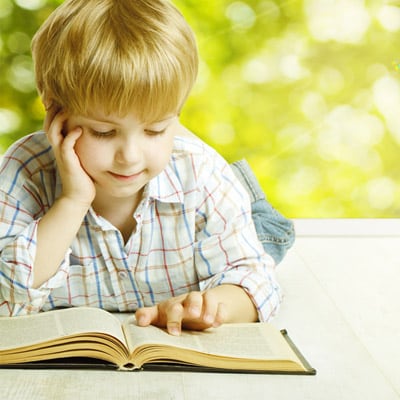The Reading Ranch Summer Blog

Summer is a critical time when students leap ahead or fall behind. Don’t be a statistic, build a child’s reading and writing confidence this summer at The Reading Ranch.
- During the summer months, all children are at risk of losing some of the learning obtained during the school year.
- Over time, the summer learning slide can add up to the equivalent of three years of reading loss by the end of fifth grade. In fact, 2/3 of the academic achievement gap in reading and language found among high school students has been explained through the learning loss that occurs during the summer months of the primary school years.
- Summer learning loss is the loss of academic skills and knowledge over the course of summer holidays. A common finding across numerous studies is that on average, students score lower on standardized tests at the end of the summer than they do at the beginning of summer (on the same test). Summer loss for all students is estimated to be equal to about 1 month (Cooper 1996).

Early literacy language skills are critical
- 34 percent of children entering kindergarten lack the basic language skills needed to learn how to read.
- The rest three years of schooling are a critical time to learn the basic skills needed to tackle a more advanced curriculum, yet many who enter fourth grade struggle with reading.
- 65% of 4th graders read at or below the basic level. As curriculum advances, these children will fall behind.
Why does summer reading loss occur?
- Access to reading materials has been consistently identified as a vital element in enhancing the reading development of children.
- Of all the activities in which children engage outside of school, time spent actually reading is the best predictor of reading achievement – the more students read, the better readers they become (Allington, 2006; Anderson, Wilson, & Fielding, 1988).
- The research indicates also that students, on average, spend pitifully little time reading outside of school – about 10 minutes (Anderson, Wilson, & Fielding).
What can be done to curb summer reading loss?
The value placed on literacy in the home, time spent reading with children, and the availability and use of reading materials have been identified as important elements in children’s reading success (Snow, Burns, & Griffin, 1998). Parents need to support reading development over the summer. It is not enough, however, to simply tell parents that it is important to read to children.
- The value of modeling reading for children needs to be reiterated to families. All too often families unwittingly send the message to children that reading is a chore: something that must be finished before one can proceed to more active and enjoyable pursuits.
- Create a positive climate for reading so that children look forward to reading.
Conclusion
In sum, what do we know? Summer programs are an effective intervention for purposes of academic remediation, enrichment, or acceleration.
Reading Support Summer & After School Programs
The Reading Ranch encourages all parents to become a supporter in their child’s reading development and offers multiple summer reading & writing enrichment programs, including programs for readers with dyslexic tendencies. Dr. Kim Southwell, Ph.D., (founder, owner & director) developed an exclusive literacy program which is phonetically based in reading, writing and spelling, providing enrichment for children (PreK – 6th grade). The Reading Ranch multi-sensory teaching approach is highly teacher/student interactive and meets individual needs providing young readers a strong foundation in reading and writing, as well as ‘filling the gap’ for children that need literacy support. Small groups of 2/3 students. www.readingranch.com. (Frisco, Plano, Lucas/Fairview, Castle Hillls)

